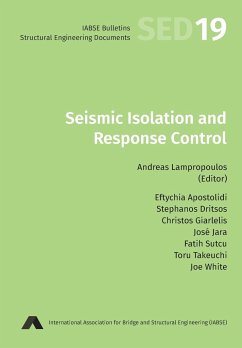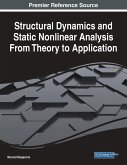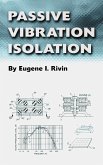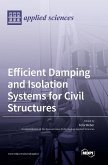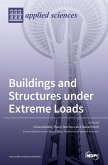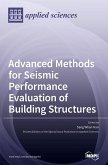The seismic resilience of new and existing structures is a key priority for the protection of human lives and the reduction of economic losses in earthquake-prone areas. The modern seismic codes have focused on the upgrade of the structural performance of the new and existing structures. However, in many cases, it is preferable to mitigate the effects of earthquakes by reducing the induced loads in the structures using seismic isolation and response control devices. The limited expertise in the selection and design of the appropriate system for new and existing structures is the main challenge for the extensive use of seismic isolation and response control systems in practice. This document aims to provide a practical guide by presenting a collection of the most commonly used seismic isolation and response control systems and a critical evaluation of the main characteristics of these systems. Comparisons of the key parameters of the design processes for new buildings with seismic isolation are presented, while the application of seismic isolation systems and response control systems for the retrofitting of existing structures is also examined, followed by various case studies from Greece, Japan, Mexico, New Zealand, and Turkey.

